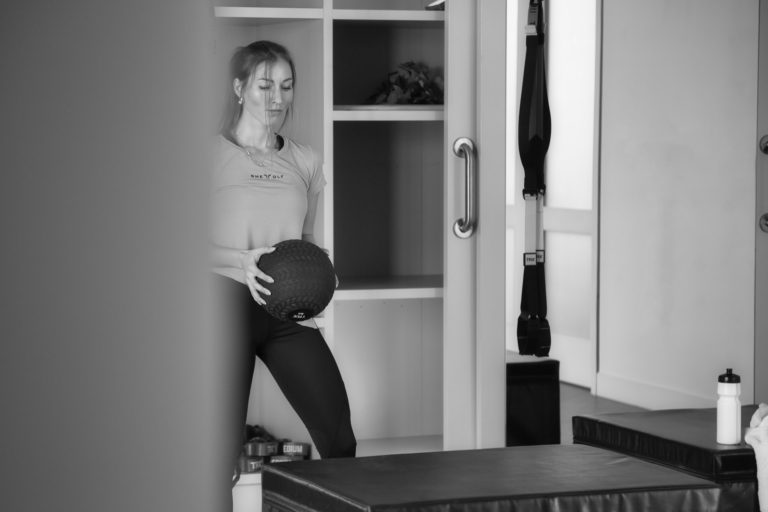Master the Basics - Tempo

Next in my Master the Basics series is Tempo, sometimes called Time Under Tension (TUT).
Tempos are written in 4 digits, for example, 4211. The first number is the lowering phase, which is ALWAYS the slowest aspect of the motion. The second number is the hold after the lowering phase. The third number is the lifting phase, where the effort is exerted (this is always the fastest action in any lift). Finally, the last number is the pause after the lifting phase.
Tempo is a challenging topic, so I can’t show you a tonne of research supporting tempos as a valuable way to progress an exercise. However, all the research shows that changes in load and volume are the most important drives for strength and hypertrophy. You need three things for progress: overload, mechanical tension and metabolic stress. Which tempo does not do.
But here’s the thing, research is never done over a long period. Usually 8-12 weeks max. In that time frame, it’s hard for something like TUT to come out as beneficial.
Progress takes time, and you have to be patient. Anyone who has gone through the gears too fast with load and/or volume will tell you that you end up backing yourself into a corner where you can’t progress anymore. This is where tempo can be useful. Spending a few weeks at each new load or volume while manipulating tempo gives you more time to progress and build tolerance at each increase. Plus, for higher-skill exercises like split squats, going slow aligns with a reduction in injury risk.
I’m not going to stand here and say all you need to do is slow down and you will see remarkable results, but tempo should sit alongside volume and load as an option for progression, for you to use when you know you are starting to rush your reps.
Note that for maximal strength at low reps, you should never try to purposefully slow down. You want to move fast when your main aim is to get strong. The bigger compound lifts like squats and deadlifts for reps under 6, should be moved quickly.
Tempos are great to play with, especially on isolation exercises, so you can really “feel” the target muscle working through the range of motion.
Stay tuned next week for another instalment of Master the Basics and don’t forget to follow me on Instagram where I share exercise techniques, and show you how to maximise your training. I hope you enjoyed this blog post, if you have any questions I host a weekly Sunday Q&A session on my Instagram channel. Otherwise, please feel free to email me at andy@andyvincentpt.com.
If you want to get in touch and see how I can help your fitness and become your Online Personal Trainer, click here.


